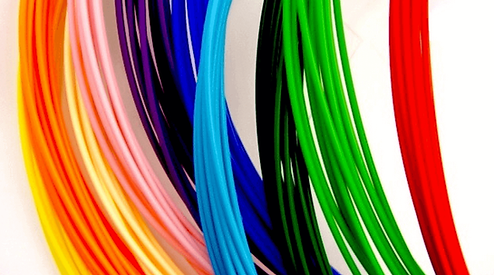
PCL
Labet M and Thielemans W, Synthesis of polycaprolactone: a review, Chem Soc Rev 2009 Dec, 38(12):3484-504
> Bibliography
Unfortunately, in the case of our application, the low melting temperature is a disadvantage. In fact, it would prevent us to use the drone in high temperature conditions (120-180°C).
> Conclusion
Regarding 3D printing applications, PCL is a polymer of choice thanks to its low melting temperature which allows simpler extruder mechanisms.
Moreover, as said previously, its biodegradability makes it an interesting polymer for 3D printed scaffold.
> As printing material
> Properties
Its glass transition temperature is -60°C and it melts at 56-65°C. Its density is also quite low, between 1.071 and 1.200 g/cm3. Its mechanical properties can vary depending on the molecular weight and degree of crystallinity. Regarding the tensile strength, the range is 4 to 785 MPa. The Young modulus varies from 0.21 to 0.44 GPa. The elongation at break is between 20 and 1000 %.
An important feature about PCL is biodegradability. Depending on the polymer properties (molecular weight, crystallinity degree) and on the degradation conditions and it can be degraded after several months or years. Its biocompatibility and controlled biodegradability make it an interesting polymer for scaffold (tissue engineering) or drug encapsulation. Besides biomedical applications, PCL is also used in microelectronics, adhesives and packaging.
PCL is also miscible in many other polymers such as polycarbonate, poly(ABS), poly(vinyl chloride). Its solubility varies according to the solvent: it is soluble in chloroform, toluene and dichloromethane, partially soluble in acetone and insoluble in water and alcohols.
Polycaprolactone (PCL) ((C6H10O2)n) is a semi-crystalline polyester.
There are two routes to synthesize PCL: ring opening polymerization of ε-caprolactone thanks to a catalyst or polycondensation of hydroxycarboxylic acid.
> Chemical composition and synthesis
By Elisabeth